An Architect's Responsibility
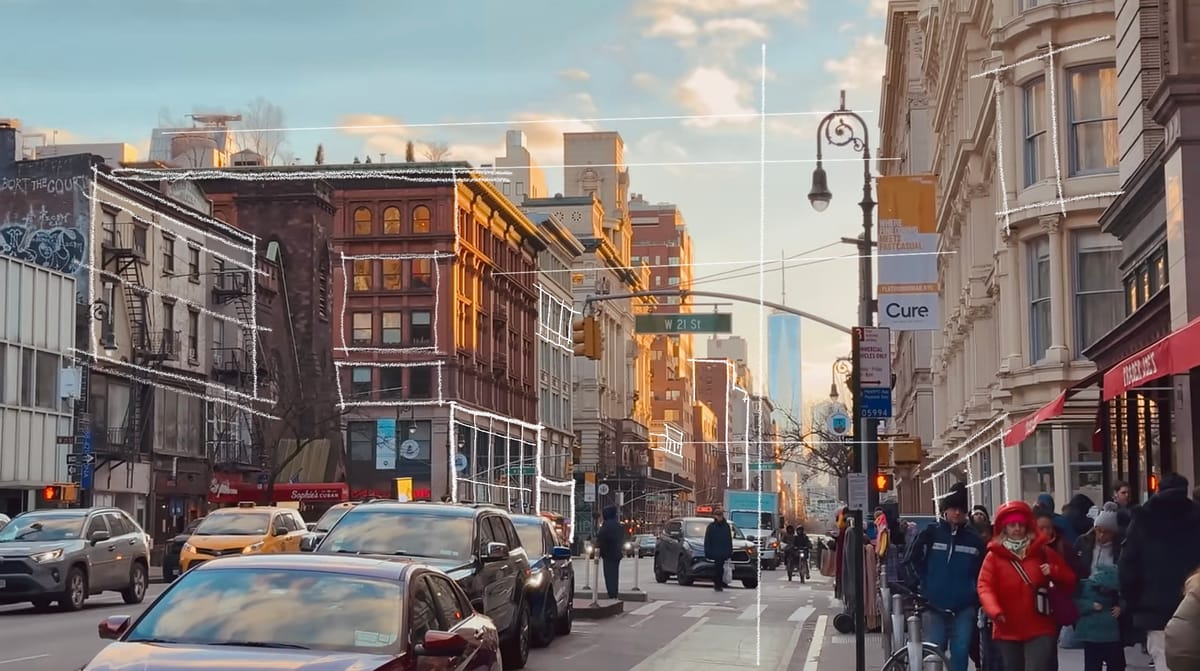
You’re not just building for today’s client. You’re building for the person they’ll become, and for the strangers who’ll live there long after.
A client doesn't spend £5,950,000 on a house because she needs it to sip coffee in silence and read a book facing the city view.
She does it because it changes how people see her.
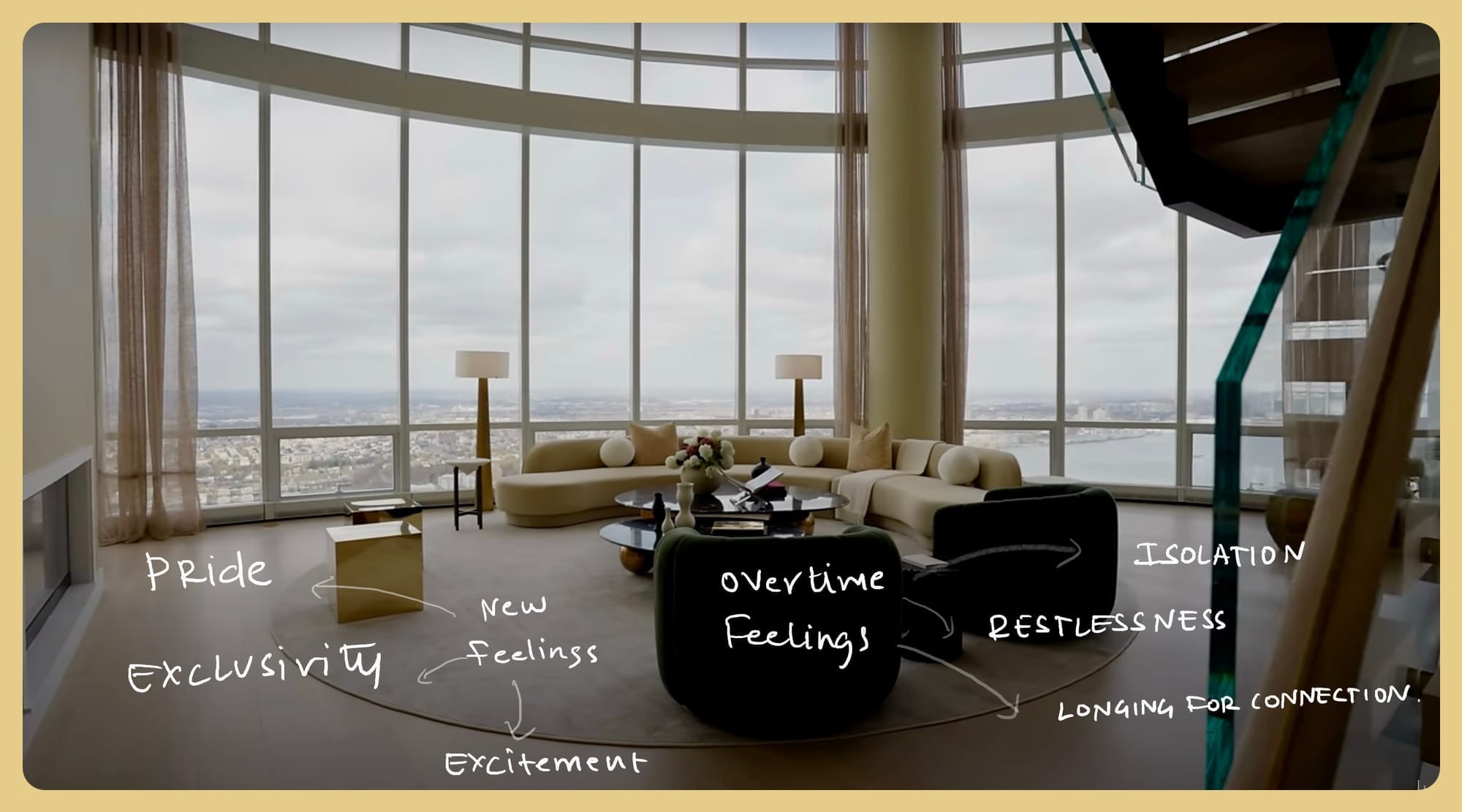
Most decisions aren't logical. They're social. The expensive house isn't about the house. It's about the address on the business card, the story at the dinner party, the assumptions people make about success.
- Your client is buying the dinner party story. But you as an architect must design for daily life.
- She's thinking about the moment her friends walk through the door. You're designing for the ten thousand mornings after.
- She wants high ceilings because they signal success. You understand spaces need to feel human-sized to feel like home.
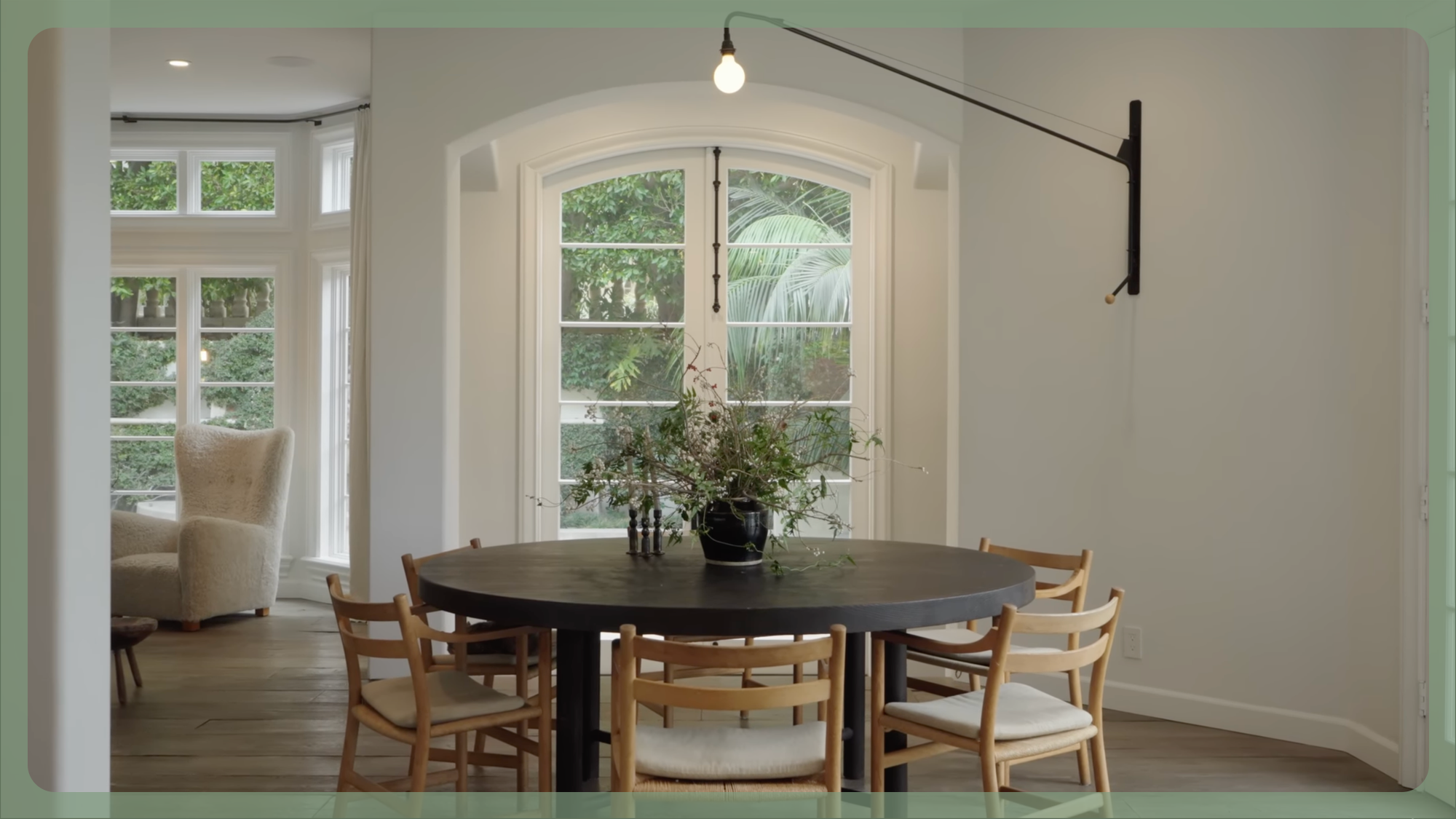
The problem isn't in clients wanting status. The problem is when architects give them only status.
She's hiring you to solve a status problem, but it's your responsibility to also solve the living problem.
The best architects design for both. They give clients the status they are buying and the comfort they will eventually need, but haven't realised.
Your job isn't to talk clients out of status. It's to give them status that endures, a space that makes sense even after decades, which solves both the need for status and a home to return to for the long haul.
The magic happens when what impresses guests also makes daily life better.
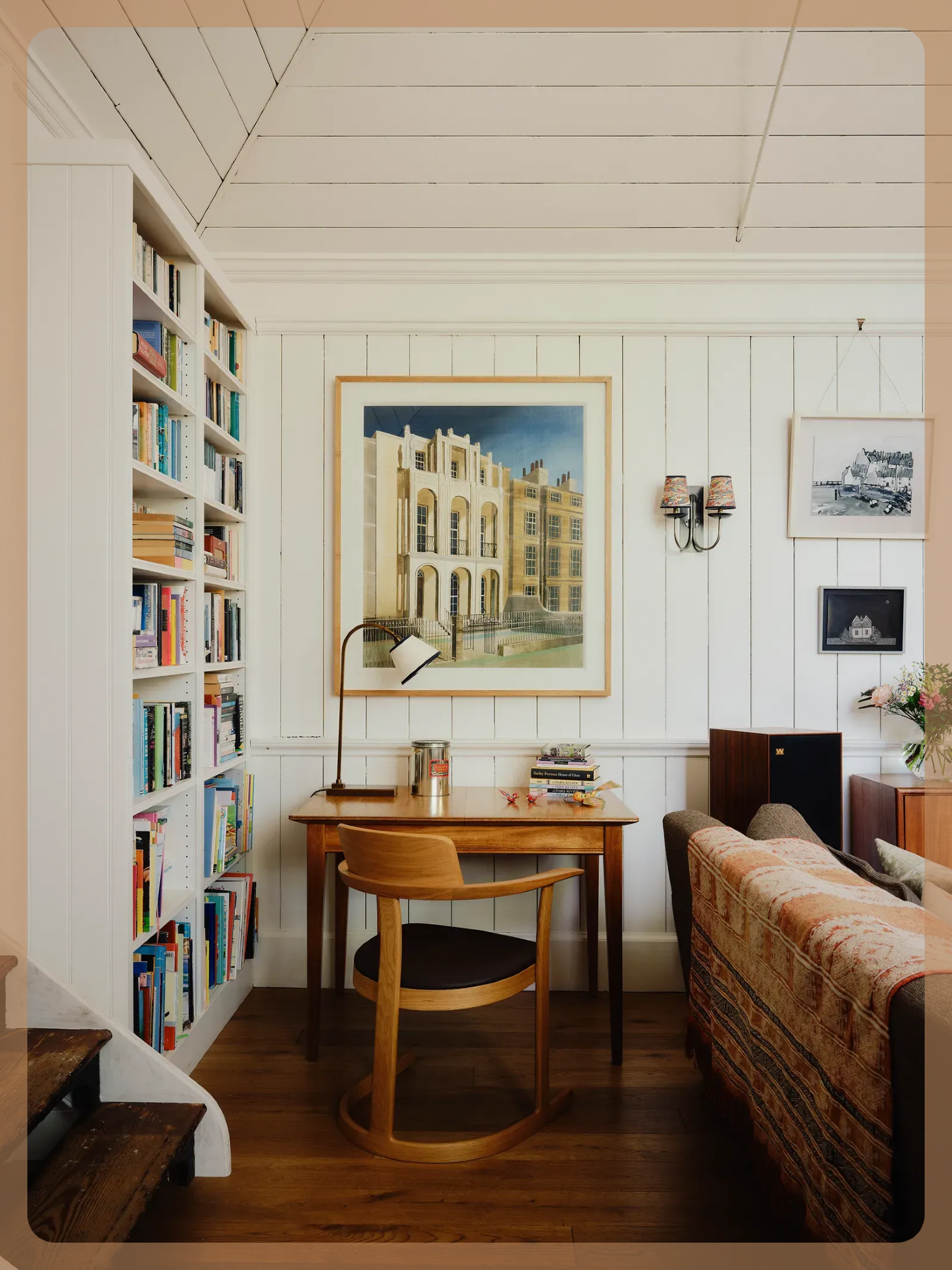
A lot of architects don't realize this, but social media has completely changed architecture. They're designing for the algorithm now, not the human. And maybe it does help their business, and fetches them more likes or the credibility of fame. But as a result, the world is getting filled with ugly, isolated buildings.
Your responsibility isn’t to give clients exactly what they ask for. It’s to give them what they want, delivered in a way they’ll still want it in ten years.
Sometimes, clients are sure about what they want. They don’t always care if it’s what’s good for them. That’s where you make a choice: Are you the architect who simply signs off, or the one who stands for something more?
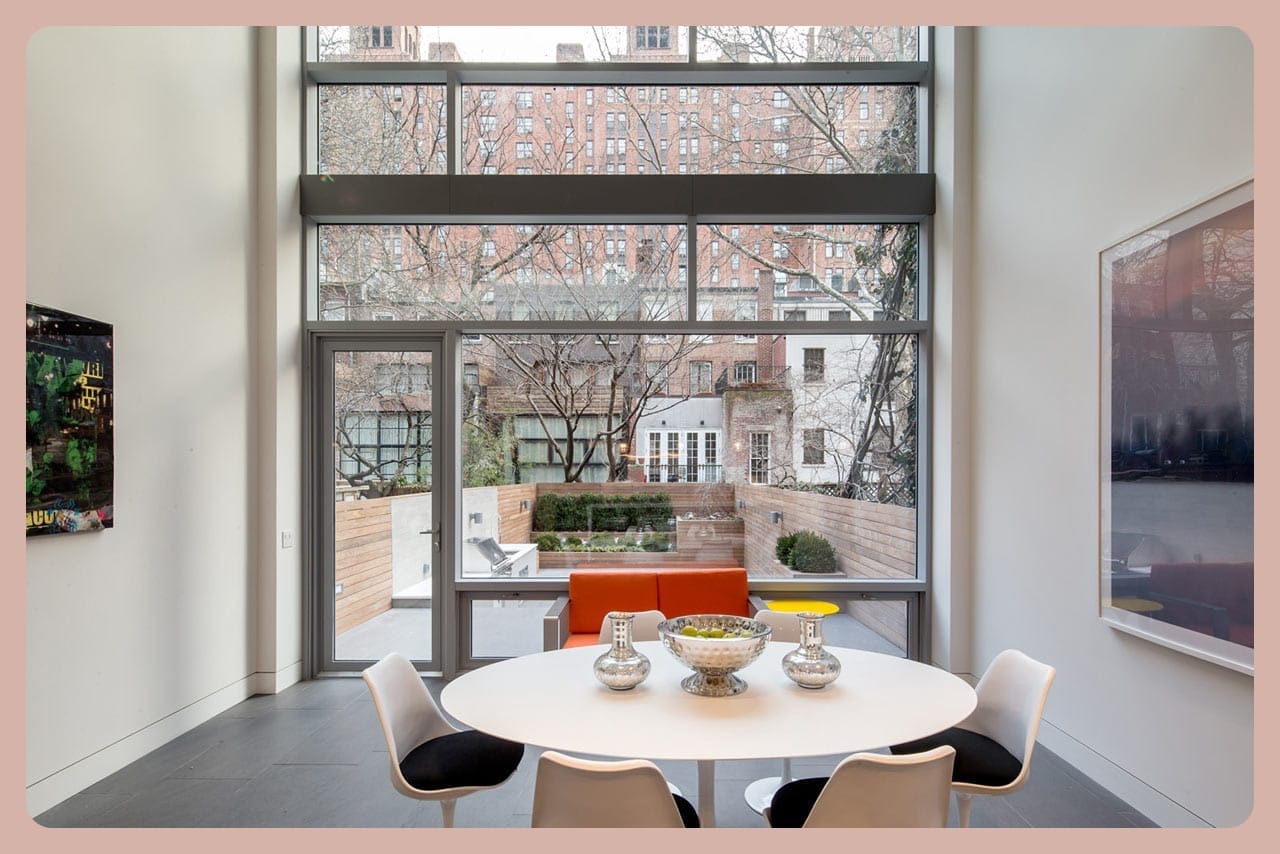
Architecture shapes how we feel, mostly in ways we don’t even notice. At the very least, we shouldn’t intensify the feelings people are always trying to escape: the ache of loneliness, the weight of self-doubt, the stress of constantly racing, the sting of being unseen, or the fatigue of never feeling at home.
Good design has the power to gently counter these. We could do more of that.
And lastly, good architecture serves two clients: the one who writes the cheque, and the one who lives there every day. Sometimes they’re the same person. Sometimes not.
Maybe not all project owners have a beauty budget, but there's always enough to make it work precisely. That's the architect's basic responsibility, delivered with elegance. It's okay if your coffee doesn't have foam in it, but it can't do without the coffee itself.
The wisdom is in knowing what you can skip and what you can't.
A smooth dance between the beautiful and the practical.
Best, ridhibafna//thewordsandwalls

